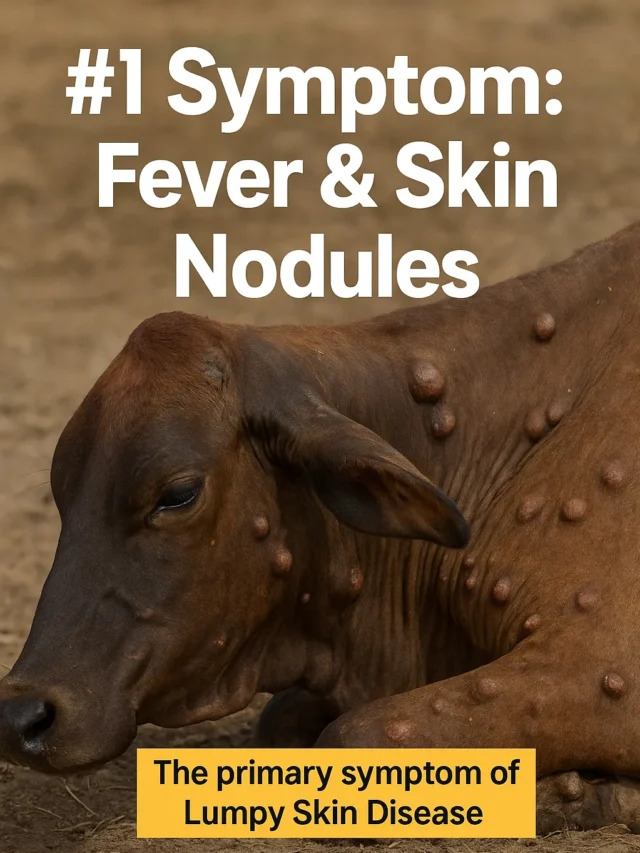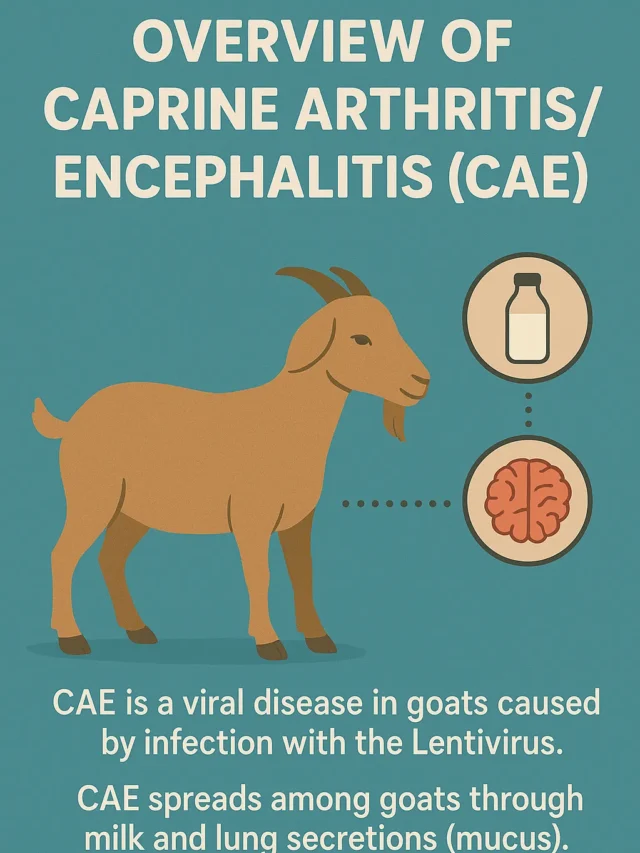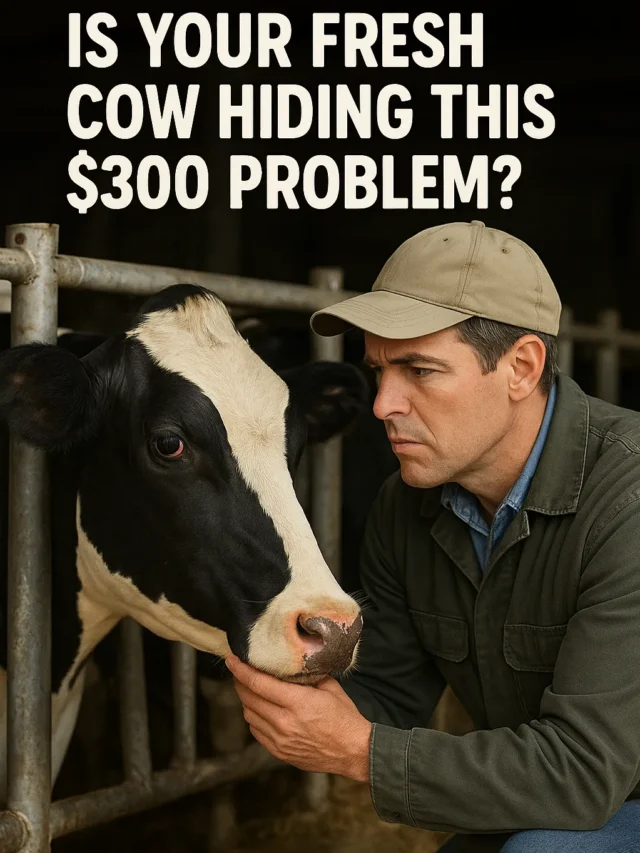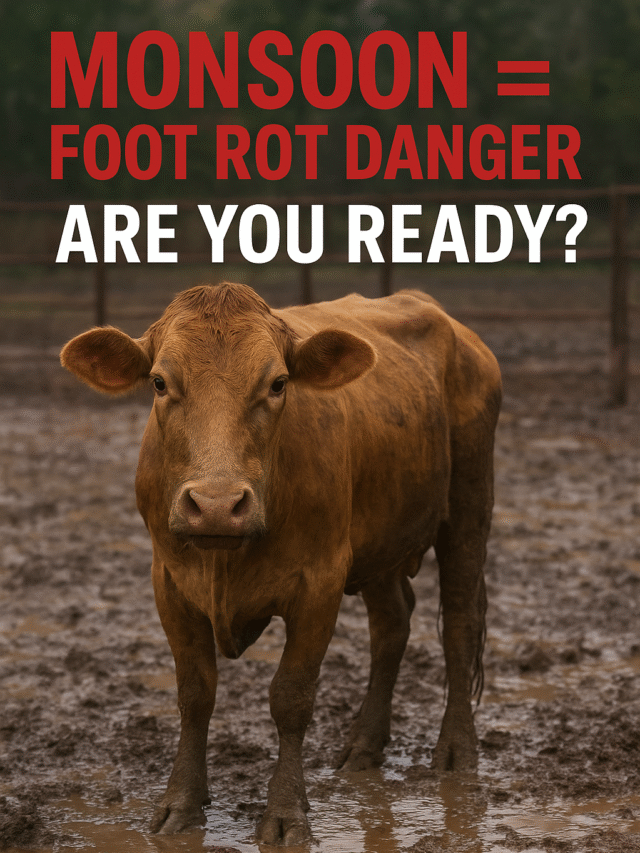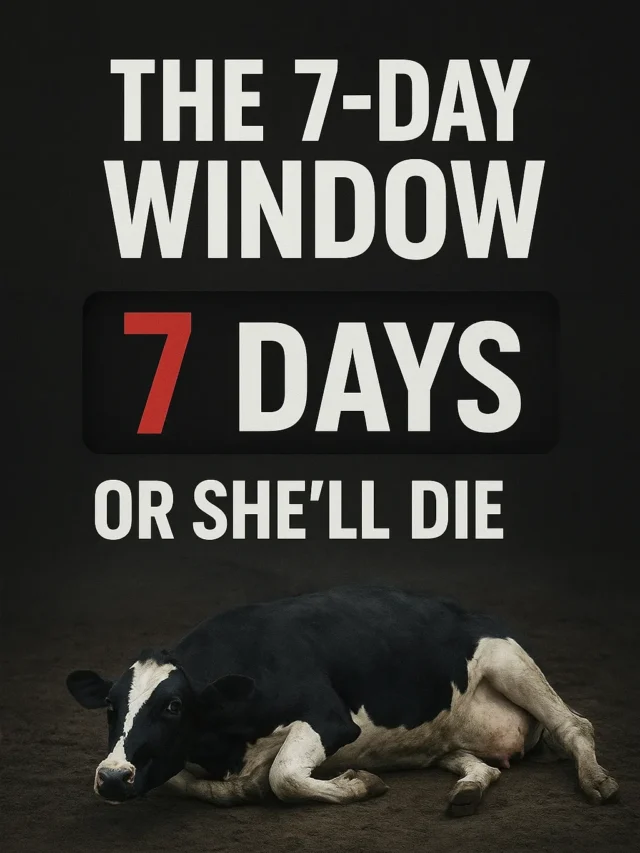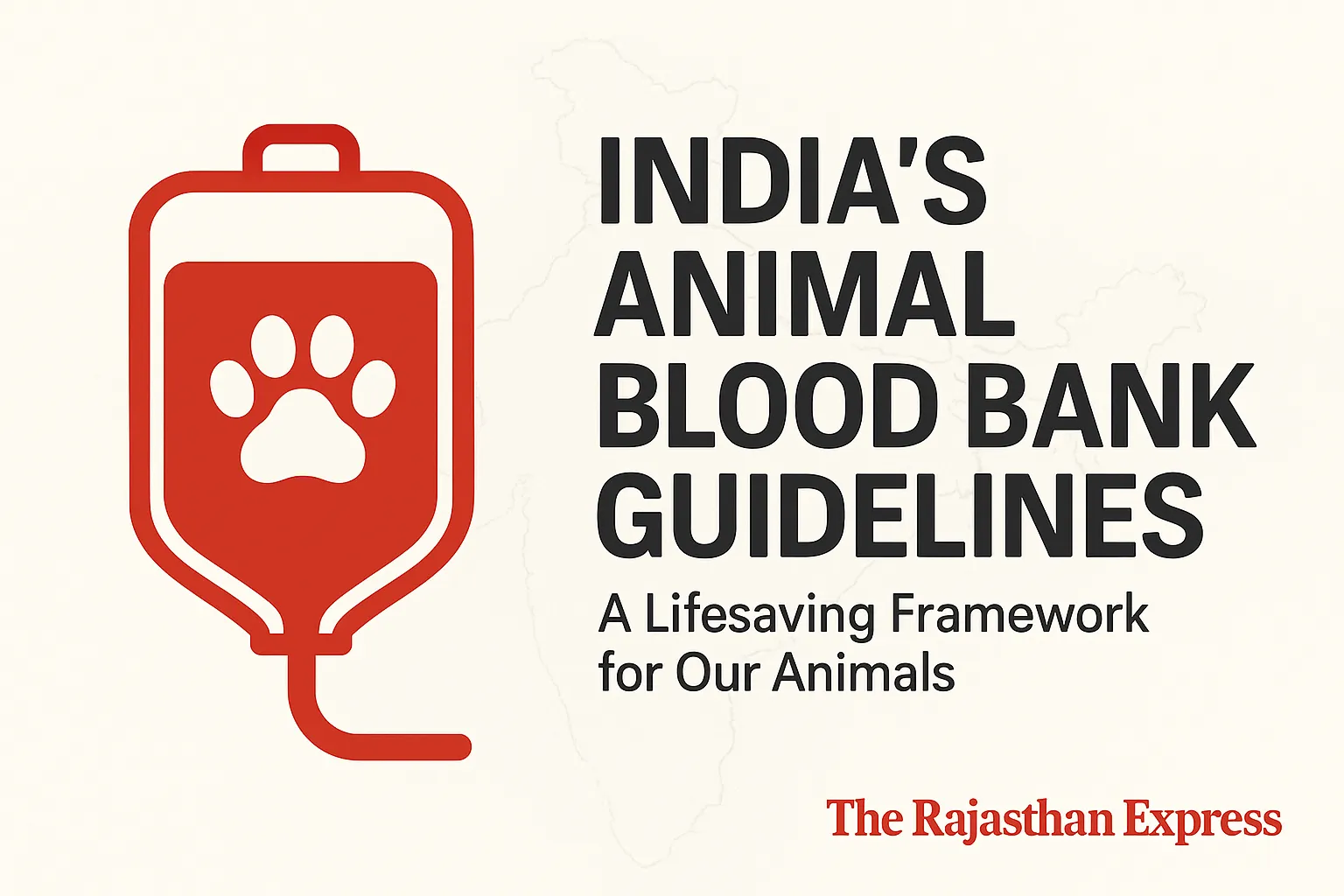India’s Pioneering Step: A Comprehensive Guide to the National Animal Blood Transfusion Guidelines
India Unveils First-Ever National Framework for Animal Blood Transfusion and Blood Banks
The Department of Animal Husbandry & Dairying (DAHD) has heralded a new era in veterinary medicine with the release of the landmark “Guidelines and Standard Operating Procedures (SOPs) for Blood Transfusion and Blood Banks for Animals in India.” This definitive document, released in August 2025, establishes the country’s first standardized, scientific, and ethical framework for veterinary transfusion medicine, addressing a critical gap in emergency and critical care for both companion and livestock animals.
The Urgent Need for Standardization in Veterinary Transfusion
For years, animal blood transfusion in India was a procedure performed largely in emergency settings, reliant on immediate but often informal donor arrangements. This ad-hoc approach lacked:
- Standardized donor screening protocols.
- Mandatory blood typing and cross-matching.
- Defined infrastructure for blood collection and storage.
- A robust legal and ethical framework.

This posed significant risks, including life-threatening transfusion reactions, transmission of infectious diseases, and ethical concerns regarding donor animal welfare. The new national guidelines, developed after extensive consultations with the Veterinary Council of India (VCI), ICAR institutes, state governments, and leading veterinarians, aim to eliminate these risks and bring Indian practices in line with global standards.
Core Principles of the Animal Blood Transfusion Guidelines
The SOP is built on four foundational pillars: Safety, Standardization, Ethics, and Sustainability.
1. Donor Selection and Animal Welfare: The First Link in the Chain
The guidelines lay down stringent criteria for donor animal eligibility to ensure the safety of both the donor and the recipient.
- Health & Temperament: Donors must be clinically healthy, free from tick-borne diseases, and have a docile temperament.
- Age & Weight: Dogs should be between 1-8 years old and weigh a minimum of 25kg (large breeds). Cats should be 1-5 years old and weigh at least 4kg.
- Vaccination & Screening: Donors must be fully vaccinated, regularly dewormed, and tested negative for species-specific transfusion-transmissible infections (e.g., Babesia in dogs, FeLV in cats).
- Donation Frequency: A minimum 30-day interval between donations is mandatory, with dogs eligible every 4-6 weeks and cats every 8-12 weeks.
- Ethical Commitment: The framework mandates voluntary non-remunerated donations, informed written consent from owners, and a “Donor Rights Charter” to prevent exploitation.
2. Mandatory Blood Typing and Cross-Matching: Ensuring Compatibility
This is a critical step to prevent acute transfusion reactions. The guidelines make it compulsory to perform:
- Blood Typing: To identify the surface antigens on red blood cells. For example, dogs have DEA (Dog Erythrocyte Antigen) groups, with DEA 1.1 negative dogs being ideal “universal donors.”
- Cross-Matching: This lab test ensures compatibility between the donor and recipient.
- Major Crossmatch: Tests donor RBCs against recipient serum.
- Minor Crossmatch: Tests donor plasma against recipient RBCs (less common).
The guidelines specify that while a first transfusion in a dog may not always require cross-matching, it is strongly recommended for all transfusions in cats due to the presence of naturally occurring alloantibodies.
3. Blood Collection, Processing, and Storage Protocols
The SOP provides detailed, species-specific protocols for the entire process.
- Collection: Aseptic collection from the jugular vein using sterile, closed-system bags containing anticoagulants like CPDA-1 is recommended. Safe volumes are specified (e.g., 15-20 ml/kg for dogs).
- Processing: Blood should be separated into components like Packed Red Blood Cells (RBCs), plasma, and platelets via centrifugation to allow for targeted therapy.
- Storage:
- Whole Blood & Packed RBCs: 1-6°C for 28-35 days (depending on anticoagulant).
- Plasma: Frozen at -18°C or below for up to one year.
- Platelets: 20-24°C with continuous agitation for up to 5 days.
4. Establishing State-Regulated Veterinary Blood Banks
The guidelines provide a model for infrastructure, recommending a 2500 sq. ft. facility with distinct zones for collection, processing, storage, and administration. Key requirements include:
- BSL-2 (Biosafety Level 2) compliant practices.
- Essential equipment like refrigerators, freezers, centrifuges, and blood bag sealers.
- Trained personnel, including transfusion-trained veterinarians and lab technicians.
- Registration with the State Animal Husbandry Department for oversight.
Ideal locations for these banks include veterinary colleges, referral hospitals, and large diagnostic centers.
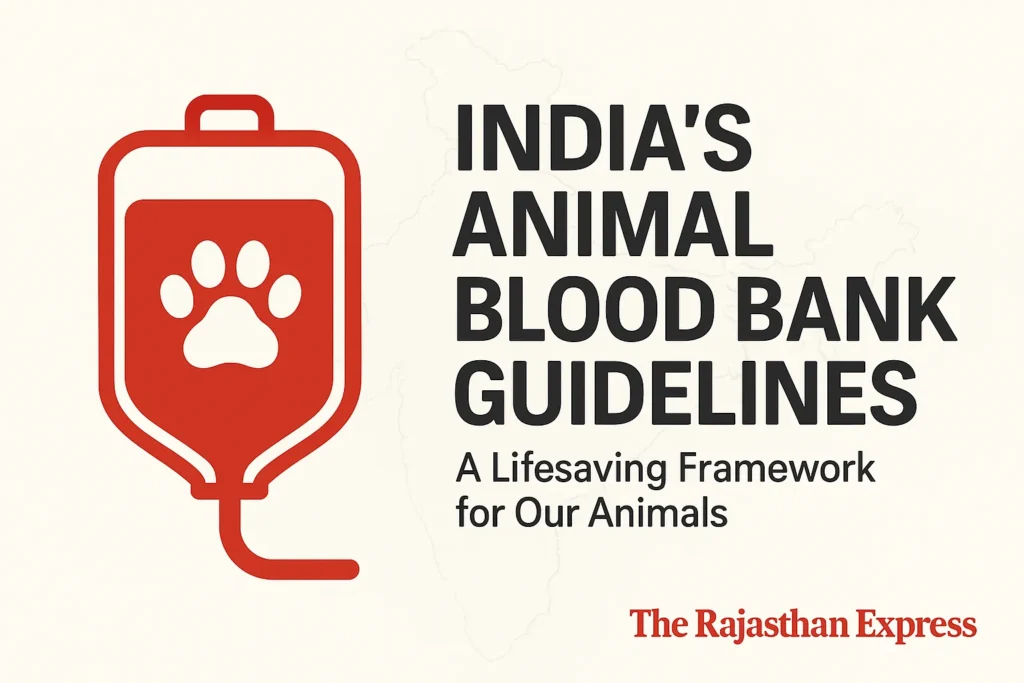
The Bigger Picture: Impact and Future Directions
The implementation of these guidelines is poised to have a transformative impact on India’s veterinary landscape.
- Saving Lives: Standardized veterinary critical care will save countless animal lives from trauma, poisoning, and surgical complications.
- Protecting Livelihoods: With over 537 million livestock, robust transfusion services will protect the assets of farmers and bolster rural economies.
- One Health Integration: By screening for zoonotic diseases, the guidelines strengthen the One Health framework, protecting animal and human health.
- National Network (N-VBBN): The vision for a National Veterinary Blood Bank Network includes digital donor registries, real-time inventory dashboards, and an emergency helpline to coordinate services nationwide.
- Education and Innovation: The guidelines call for integrating veterinary transfusion medicine into university curricula and encourage future innovation in mobile collection units and cryopreservation.
Conclusion: India’s Animal Blood Transfusion Guidelines 2025
The release of India’s first national guidelines for animal blood transfusion is a monumental leap forward. It moves a critical life-saving procedure from the shadows of improvisation into the light of standardized, safe, and ethical clinical practice. By providing a clear roadmap for practitioners, policymakers, and institutions, this framework promises to enhance clinical outcomes, safeguard animal welfare, and solidify the vital role of veterinary science in India’s agricultural and companion animal ecosystem.
Source By : India Releases First-Ever National Guidelines/SOPs for Animal Blood Transfusion and Blood Banks
India’s first national SOP for animal blood transfusion & banks. Covers donor screening, blood typing, storage protocols & establishing state-regulated veterinary blood banks.
THE RAJASTHAN EXPRESS
